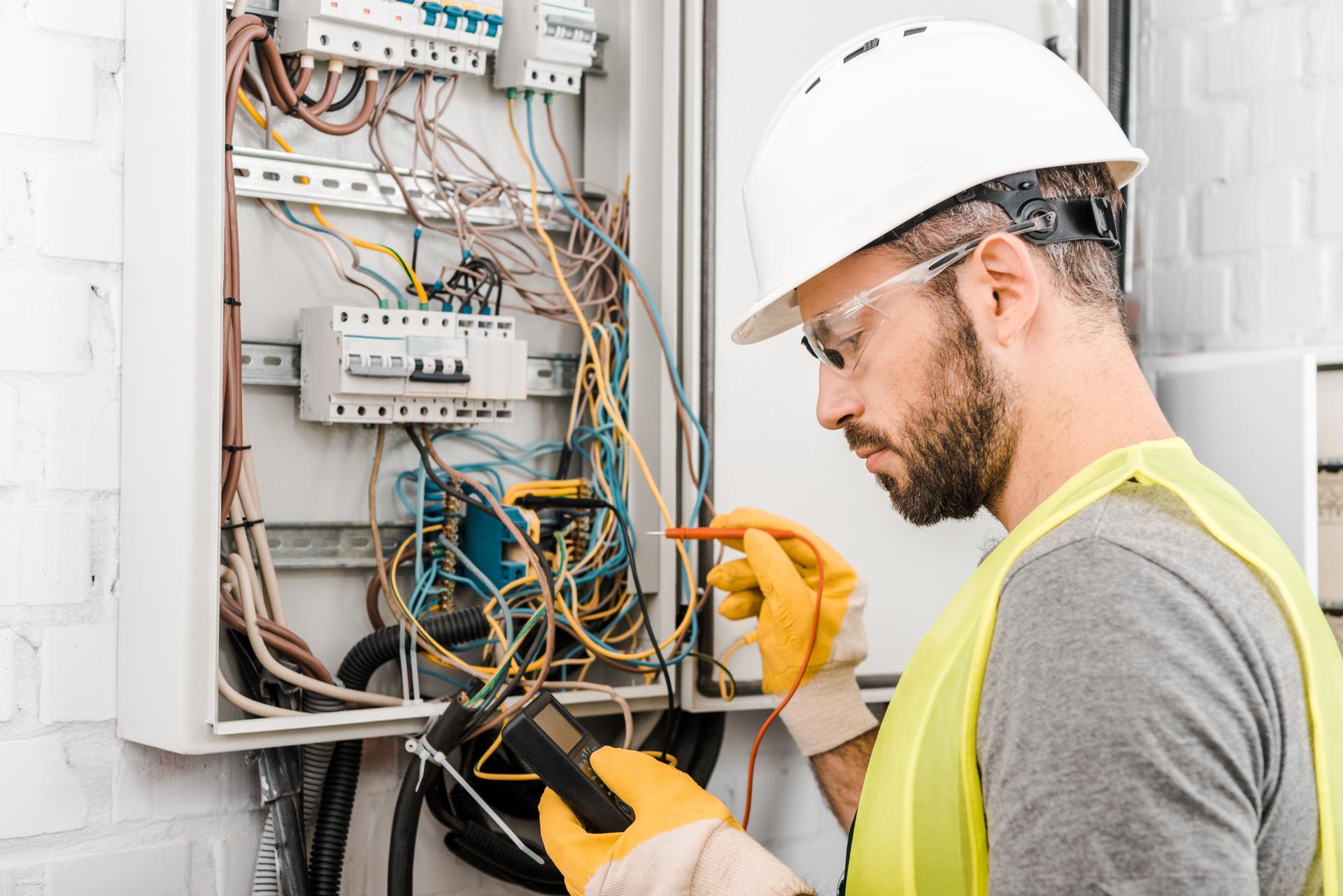The Science Behind Electrical Wiring in Your Home: An Amateur's Guide

Electricity is an essential component of our everyday lives, supplying everything from the lights of your homes, to appliances that we use each day. But electricity systems are a bit complicated and understanding how they work isn’t easy. In this guide, we’ll break down the components in an electrical circuit, and explain how circuits work to power devices and appliances. Our residential electricians can handle any electrical jobs you need.
Components of an Electrical System
An electrical system has several key components that work together to deliver power throughout homes. These include:
Breaker box: the main distribution point for electrical energy in a house in which the power is divided into different circuits
Switches and outlets: places where electricity is delivered to appliances and devices
Wiring: the wires that transport electric current from the box, to the outlets and switches
Electric appliances, devices and equipment: the appliances and devices that require electricity to function
Electrical Circuits
An electrical circuit is a path that allows electricity to flow from the source (the breakers box) to the appliances and devices in the home. There are two kinds of electrical circuits that can be found in a home that are 120-volt and circuits with 240-volt voltage. 120-volt circuits are employed to power most household appliances and appliances, whereas 240-volt circuits are used for larger appliances such as dryers, air conditioners and electric ones.
Electrical circuits work by creating an electrical loop that allows power to flow from the source into the device or appliance. The loop is made up of a hot cable that is the conduit for electricity and a neutral wire which completes the circuit, and a ground wire , which is an avenue for the electricity to get to the ground in case of a fault.
Understanding Electrical Wiring
Electrical wiring is available in many different kinds, including non-metallic sheathed cables (NM) as well as armored cables (AC), and conduit. Each kind has its own advantages and drawbacks, and the choice of the type of wiring is based on the specific needs that the location requires.
The electricity travels through wires through a flow of electrons through the wire. Electrons move between the origin and the appliance or device returning to the source through the neutral wire. It is crucial to make sure that the wiring is installed and maintained correctly, as faulty wiring can lead to electrical dangers like shocks and fires.
Common Electrical Problems
Common electrical issues that homeowners face include tripping the light bulbs, flickering breakers and dead outlets. These issues can be caused by a myriad of causes, including overloading circuits, broken connections, and defective wiring.
If you experience one of these problems, it’s crucial to pinpoint the cause and take appropriate action to fix the problem. In some instances, this may involve contacting an authorized electrician to look over and fix the wiring.
Final Conclusion, and Call to Action
In conclusion, understanding how electrical wiring operates is vital to ensure the security and reliability of the electrical system in your home. By adhering to the guidelines laid out in this article to stay secure and avoid potential dangers.
If you have any concerns or questions regarding your home’s electrical system Don’t hesitate to reach out to Local Electrician Parramatta. Our team of licensed electricians has the experience and knowledge to address all of your electrical requirements. Contact us by phone at 1300 941 876 to schedule a appointment.
FAQ
What are the signs of an electrical wiring issue?
Signs of defective electrical wiring could include tripping breakers flashing lights, and dead outlets, among others.
What is the best time to schedule the electrical system of my house checked?
It’s recommended that you get your home’s electrical system examined by an accredited electrician every 10 years.
What is the lifespan of electrical wiring?
The life span of electrical wiring is based on several factors, including the kind of wiring used, the location it’s located in, and the standard of the installation. In general, most electrical wiring lasts as long as thirty years, or even more with the proper installation and maintenance.
Do I have the ability to fix electrical issues by myself or should I hire an electrician?
While some electrical issues can be solved by homeowners, it is advised that you employ an experienced electrician for most electrical repairs. If you attempt to fix electrical issues with no proper training or experience can be dangerous and can result in damage or injury the property.
What do I do if experience an electrical emergency in my home?
In the event of an electrical issue first thing to do is to cut off the power supply to the area affected by turning off the breaker or the fuse. Contact an authorized electrician to look into and fix the problem as quickly as possible.
If you follow these tips, you can ensure the security and reliability of your home’s electrical system , and avoid potential hazards. Remember, when it comes to electrical repairs and installations, it’s best to trust the experts. Reach out to Local Electrician Parramatta at 1300 941 876 for all your electrical needs.
